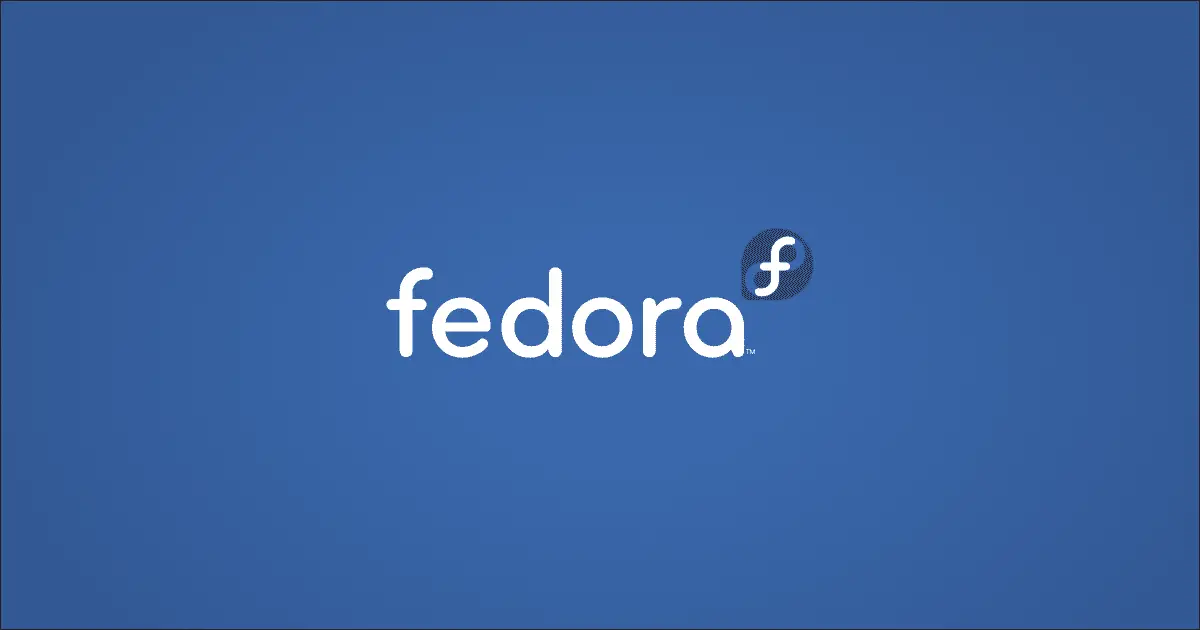
Fedora 29 also plans to add a new feature – full support for FreeDesktop.org’s bootloader specification (BLS) and use its defined fragment files to populate the boot loader’s boot menu entries, including kernel entries.
FreeDesktop.org’s bootloader specification is an existing specification designed to allow the use of standardised boot configuration formats between embedded file-based operating systems/Linux distributions. The goal has always been “cooperation between multiple distributions in dual-boot (or triple, … multi-boot) setups, and we’d like to improve this situation by getting everybody to commit to a single boot configuration format that is based on drop-in files, and thus is robust, simple, works without rewriting configuration files and is free of namespace clashes.” The specification can find at FreeDesktop.org.
Using the “BLS” specification will help to unify the different Fedora bootloader configuration files without considering the architecture. Some of Grubby’s work during the past fifteen years has been used as a practical tool for bootloader configuration, and other improvements – Due to the dependency on BLS fragment files for kernel entries and other simplifications.
The change proposal for Fedora 29 explained: “Getting rid of grubby and using BLS fragments will simplify the kernel installation process significantly and make it more consistent across the different architectures. This will also make it easier for automation tools to manage the bootloader menu options since it will just be a matter of adding, removing or editing individual BLS entry files in a directory.”
Fedora 29 is scheduled to be released before the end of October this year and will add new features.